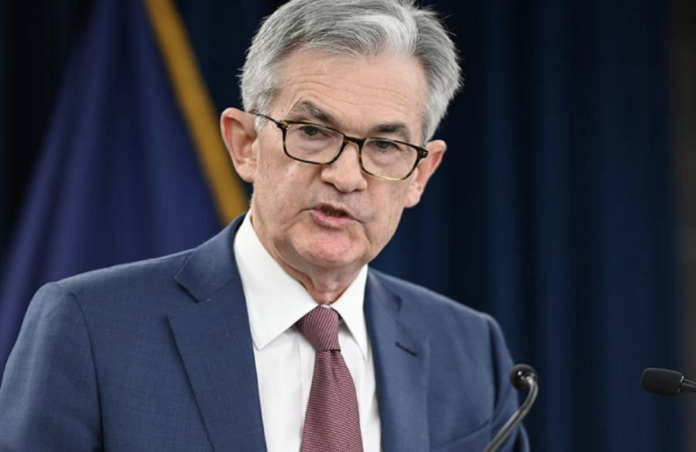NEW YORK, March 8 – US stocks ended higher on Thursday, as Federal Reserve Chair Jerome Powell said he expected interest rate cuts to come this year, reported Xinhua.
The Dow Jones Industrial Average rose 130.30 points, or 0.34 per cent, to 38,791.35. The S&P 500 added 52.60 points, or 1.03 per cent, to 5,157.36, posting a record closing high. The Nasdaq Composite Index increased 241.83 points, or 1.51 per cent, to 16,273.38.
Nine of the 11 primary S&P 500 sectors ended in green, with technology and communication services leading the gainers by going up 1.89 per cent and 1.83 per cent, respectively.
Meanwhile, financials and real estate led the laggards by dropping 0.15 per cent and 0.05 per cent, respectively.
During his testimony before the House Financial Services Committee on Wednesday and the Senate Banking Committee on Thursday, Powell indicated an anticipation of interest rate reductions within the year.
He reiterated this sentiment in both sessions, stating that cuts “can and will begin” in the current year.
Powell emphasised that the Federal Reserve remains uncertain about achieving continued progress toward the 2 percent inflation target, indicating that interest rate cuts would only be considered when the central bank is confident in the trajectory toward this objective.
Powell “essentially left rate cuts on the table for this year. That’s what markets wanted to hear,” said Anthony Saglimbene, chief market strategist from Ameriprise Financial.
“The market’s also responding well to the employment data we’ve had so far this week. It adds to the narrative that we’re starting to see employment slow but still solid.”
In January, total US consumer credit increased by US$19.5 billion, compared to a modest gain of US$919 million in the previous month, as reported by the Federal Reserve on Thursday.
This represents a growth rate of 4.7 per cent annually, up from a 0.2 per cent rise in December. The surge exceeded expectations, with economists anticipating an increase of US$10 billion in credit for January.
Market participants now redirect their focus toward the February jobs report on Friday, scrutinizing the data for insights into the current state of the labor market and its potential impact on economic trends and monetary policy decisions.
















